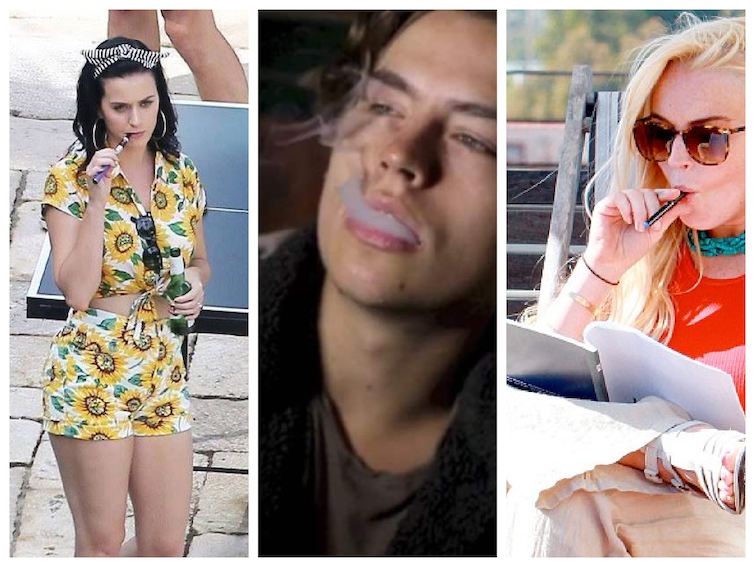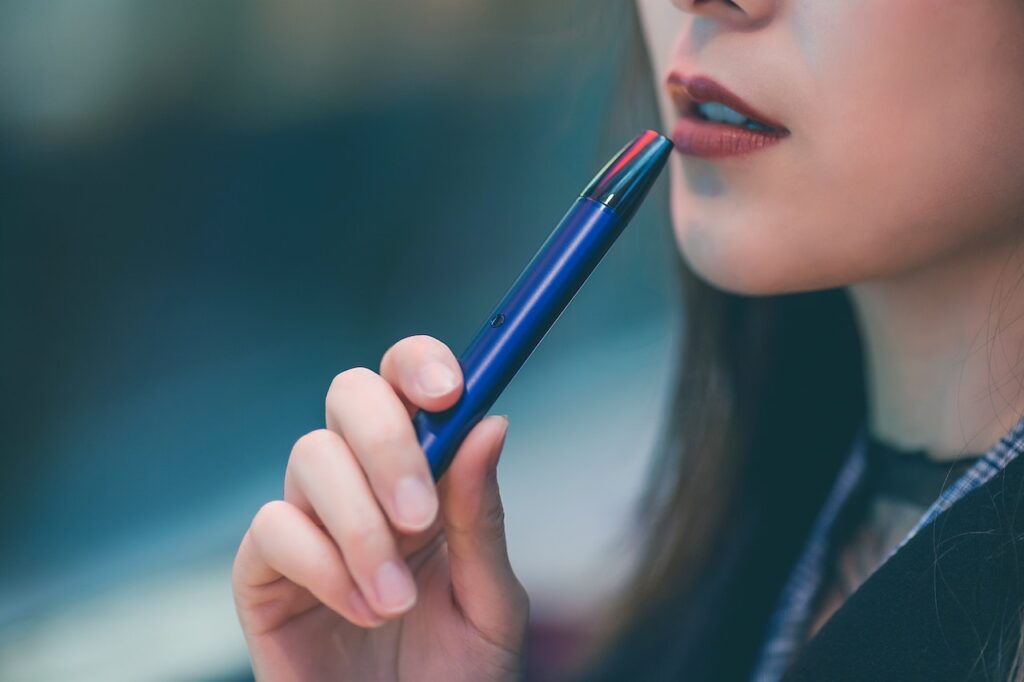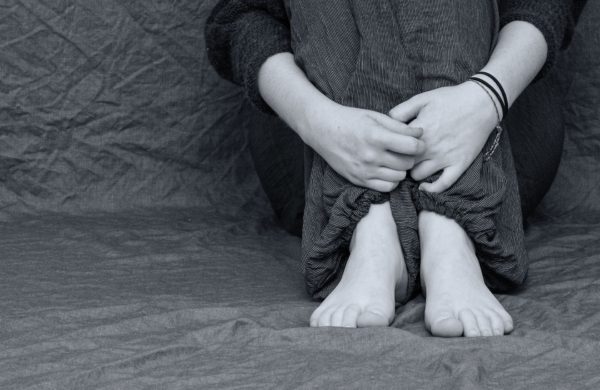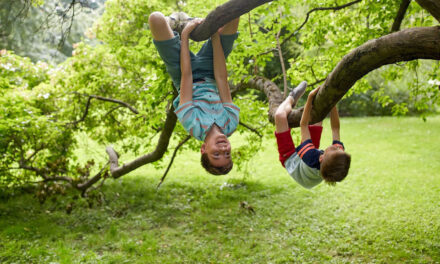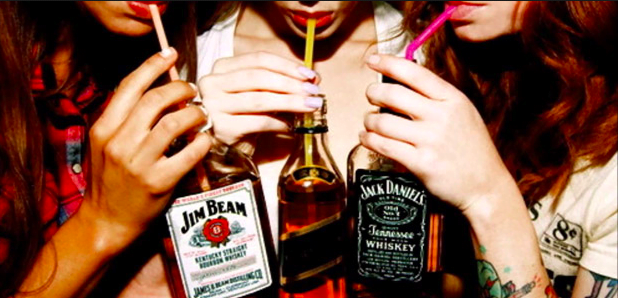When I started teaching in the early 90s, catching smokers was a regular part of yard duty. Kids would try their hardest not to breathe near you after recess for fear of incriminating themselves. It’s not something teachers experience much now in Australia. Sure, there are other problems, but smoking doesn’t loom large.
Over the last 30 years, our government has spent a fortune on anti-smoking campaigns that have saved so many lives and millions in national health costs. We have more than halved our smoking rate from 26% in 1991 to 11.6% in 2019. It’s quite amazing.
However, this fantastic achievement is being challenged by new trends in popular culture. Vaping and shisha (also spelled ‘sheesha’) are both smoking-related activities that are becoming popular among young people. The one most affecting school-age kids’ perceptions of smoking is vaping.
What is vaping?
Vaping is the use of e-cigarettes. “Electronic cigarettes work by delivering nicotine and/or other chemicals to the user via an aerosol vapour. The devices are designed to simulate the act of smoking tobacco cigarettes but do not involve the burning of tobacco. Non-nicotine products are also available and many brands (both nicotine and non-nicotine) come in fruit, confectionery, and other flavours.” (quit.org.au)
The problems with vaping
Many espouse the benefits of vaping in the quest to quit smoking, and it is true that it has helped many adults lessen the number of poisons they inhale. However, when it comes to young kids who take up vaping we have cause for concern.
Medical problems
- Most confronting is the growing prevalence of EVALI. The acronym stands for e-cigarette or vaping associated lung injury. It is a flu-like illness that was first identified in the US in early 2019. More than 2800 cases of EVALI have since been reported to the US Centers for Disease Control and Prevention (CDC) and at least 68 people have died from the condition. Presentation includes:
-
- Respiratory symptoms such as shortness of breath, coughing or chest pain
- Gastrointestinal symptoms such as nausea, vomiting or diarrhoea
- non-specific symptoms such as fatigue, fever or weight loss.
- The liquid you vape in e-cigarettes (e-juice) comes in literally thousands of flavours and it is hard to know which are safe. To know if it is safe you would have to know the chemical composition of each of those flavourings. Recently, British company VIP E-Cigarettes withdrew their butterscotch flavour from the market because it was found to contain a carcinogenic that causes a condition called popcorn lungs which eventually requires a transplant. Testing of all other favours is yet to be completed. In reality, it never will be completed as there are new ones created constantly and they are unregulated.
- Many people vape nicotine. It is not legal in Australia, as it is a recognised poison and health risk. However, it can be obtained with a doctor’s prescription for the purpose of quitting cigarettes. A quick google search will also demonstrate how quick and easy it is to order nicotine liquid online from overseas.
Vaping is attractive to many kids
These medical problems aside, the biggest problem for Australians is that vaping is making smoking glamourous again. School-age kids, who follow the trends of young stars like Kylie Jenner and Cole Sprouse, are constantly confronted with pictures of these celebrities vaping on their social media accounts.
A group of Year 10 students told me that Sprouse looks ‘amazing’ when he vapes. He just looks ‘so cool’. Before we older readers mock, remember Brad Pitt smoking in Thelma and Louise in ‘91! Even if kids don’t fall for this fairly shallow allure, it is part of teen consciousness, after we have worked so hard to remove it.
Vaping as a sport
Vaping is also appealing to kids as it is marketed as a sport. The VC Cloud Championships is actually a thing! It’s an American competition run by the company Vapour Cloud. People compete with tricks using vapour. Think smoke rings on a massive scale accompanied by street music and fashion. Most of the Australian students I spoke to had seen these ‘cloud chases’ on YouTube.
Vaping sub-culture
Finally, vaping is a very social activity with its own sub-culture and language. In the US where e-cigs are not regulated, there are vape bars where people can try different PVs (personal vapourisers) and mods (modified vapourisers) as well as juices (vaping liquid). Bar tenders can mix juices for clients and recommend various battery strengths to deliver different throat hits. With Australia’s quickly growing market, it is only a matter of time before these bars appear here.
The number of vape shops is growing quickly. There are currently up to 200 specialised bricks and mortar vape shops in Australia and numerous online-only providers. The industry is growing rapidly and the subculture, language and sense of belonging vaping culture offers already exist here.
Finally…
At present in Australia the laws around vaping are different in each state. This creates confusion. There is also limited research on the long-term effects of vaping. We don’t yet know enough about the transition from vaping to smoking or the impact on kids’ future smoking behaviour. It’s time we addressed these gaps in our collective knowledge.

